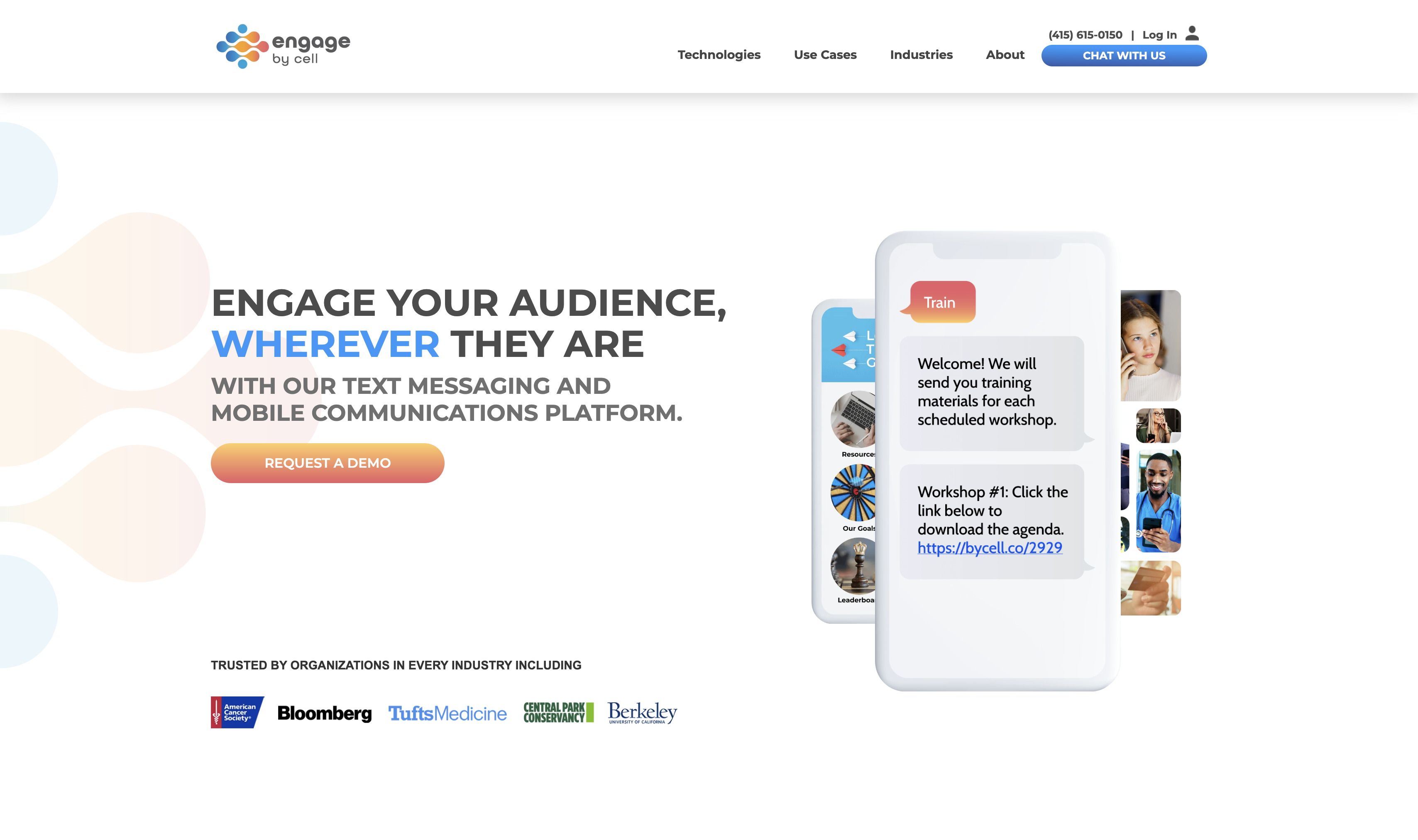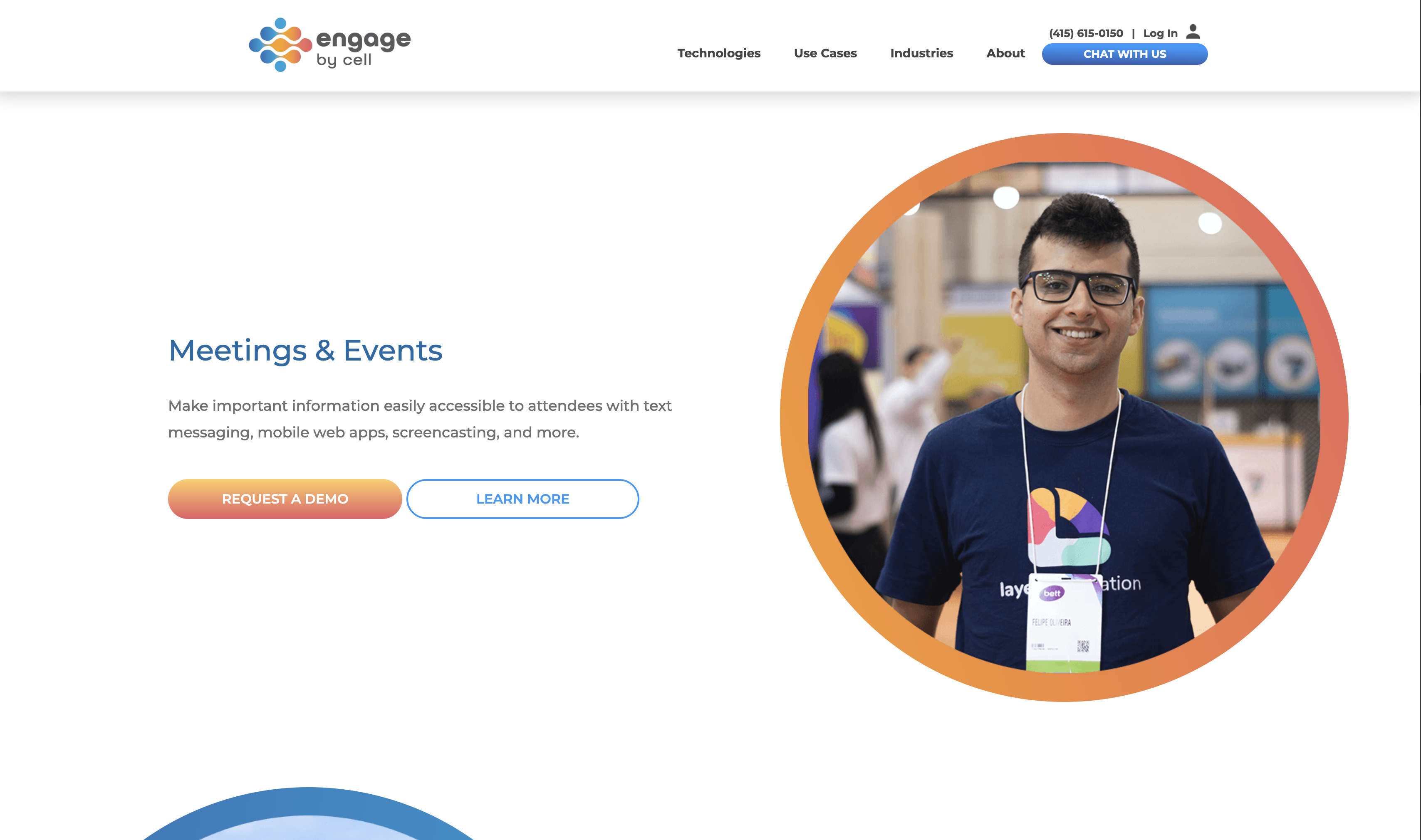Project Summary
I migrated a complex marketing site from WordPress to Webflow to remove plugin debt and make publishing reliable. I rebuilt the UX around a modular design system so the team can assemble pages quickly without breaking consistency. I introduced a structured CMS that models resources, markets, and case studies for true reusability. The migration preserved SEO equity, improved performance, and gave non‑technical editors the confidence to ship in minutes.
Audit & Migration Plan
I inventoried the WordPress install, mapped every template, and identified plugins responsible for performance regressions. I planned a phased migration to Webflow using modular symbols and a design token system so future work remains consistent. I created redirect maps to preserve SEO equity and tested them in staging with crawl tools. The result was a predictable cutover plan with no surprises on launch day.

Design System
I established a small but scalable system—type ramps, spacing scale, color roles, and interaction patterns that work in both marketing and documentation. I converted common page shells into symbols so new pages could be assembled rather than designed from scratch. I documented usage rules inside the components, which reduced rework by non‑designers. The system made the site visually coherent and dramatically faster to maintain.

CMS Modeling
I modeled collections for resources, markets, and case studies, each with reference fields to power related content. I added author and taxonomy fields so the team can filter and auto‑populate landing pages without engineering help. I enforced validation rules to keep URLs, titles, and summaries consistent for social previews. Publishing time dropped from days to minutes because contributors now work directly in structured content.

Prototype to Production
I validated critical paths with low‑fidelity click‑throughs, then stress‑tested interactions with high‑fidelity prototypes. I ran content rehearsals so editors could practice publishing before launch. I executed the cutover during a low‑traffic window and monitored logs, analytics, and search console for anomalies. The new site went live without downtime and immediately outperformed the legacy stack.

More Examples



